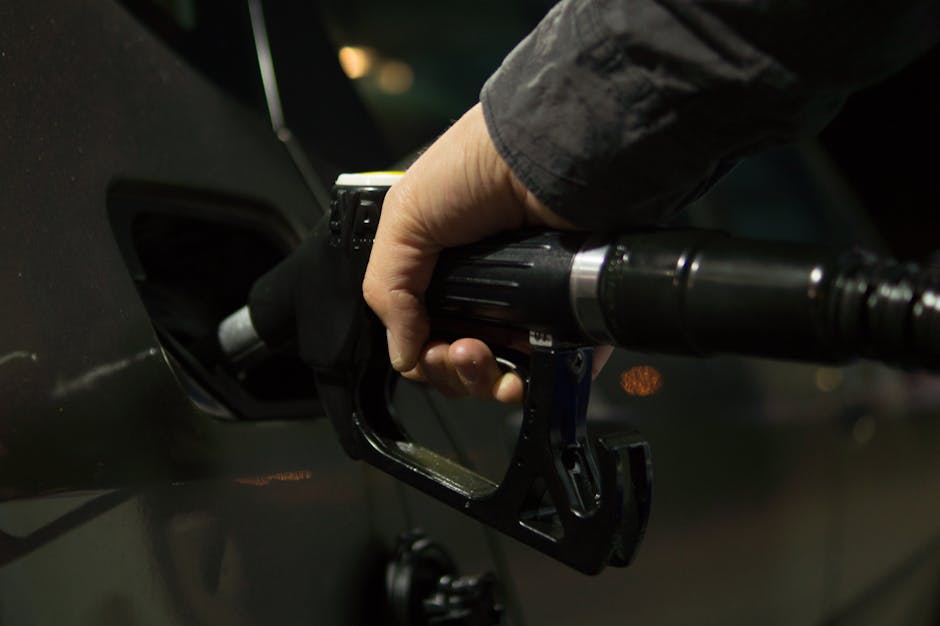Standard type
Fuel quality
Regulating Body
California Air Resources Board (CARB) within the California Environmental Protection Agency (Cal/EPA)
Categories
History
Diesel
The California Air Resources Board (CARB) first adopted diesel fuel specifications in 1988. The regulation became effective in 1 October 1993 and limited the sulfur and aromatics in commercially available diesel fuel. Starting in January 2005, California diesel fuel was required to meet a minimum lubricity specification as well. This fuel, commonly referred to as CARB diesel, is mandatory for use in a variety of applications including both highway and off-road vehicles. The limits and applicability have evolved as follows:
- October 1993 — Sulfur limited to a maximum of 500 ppm and aromatics to 10 percent or equivalent. Applicable to on and off-road vehicles but not stationary engines, locomotives and marine vessels.
- December 2004 — CARB diesel requirement extended to stationary sources (applies to on and off-road motor vehicles and non-vehicular sources other than locomotives and marine vessels).
- January 2005 — CARB diesel required to meet a lubricity requirement of a maximum wear scar diameter of 520 microns by ASTM D6079, the High Frequency Reciprocating Rig (HFRR).
- June 2006 — Sulfur in CARB diesel is limited to 15 ppm.
- January 2007 — CARB diesel requirement extended to intrastate locomotives and marine engines (within the Southern California Air Quality Management District (SCAQMD), CARB diesel must be sold to harborcraft operators beginning in January 2006).
Gasoline
The California reformulated gasoline (CaRFG) program sets stringent standards for California gasoline that produced cost-effective emission reductions from gasoline-powered vehicles. The CaRFG program was implemented in three phases:
- Phase 1 (CaRFG1), implemented in 1991, eliminated lead from gasoline and set regulations for deposit control additives and reid vapor pressure (RVP).
- Phase 2 (CaRFG2), implemented in 1996, set specifications for sulfur, aromatics, oxygen, benzene, T50, T90, Olefins, and RVP and established a Predictive Model.
- Phase 3 (CaRFG3), implemented in 1999, eliminated methyl-tertiary-butyl-ether from California gasoline.
Technical Standards
MAR-I emission limits are phased in from 2015 to 2019. The implementation dates depend on the power category and type of machinery (construction or farm). Noise emission limits apply from 2015 for certain types of construction machinery with engines rated below 500 kW.
MAR-I Emission Standards for Nonroad Engines
| Rated Power | Date | CO | NOx+HC | PM | |
|---|---|---|---|---|---|
| kW | Construction | Farming | g/kWh | ||
| 130 ≤ P ≤ 560 | January 2015 | January 2017 | 3.5 | 4.0 | 0.2 |
| 75 ≤ P < 130 | January 2015 | January 2017 | 5.0 | 4.0 | 0.3 |
| 37 ≤ P < 75 | January 2015 | January 2019 | 5.0 | 4.7 | 0.4 |
| 19 ≤ P < 37 | January 2017 | January 2019 | 5.5 | 7.5 | 0.6 |
Emissions are measured in accordance with ISO 8178-1.
Links
Regulatory Documents
- California Diesel fuel regulation
- California Reformulated Gasoline Regulations (Amendments Effective 9 October 2012)
- California Reformulated Gasoline Regulations (Amendments Effective 29 August 2008)
Additional Resources

